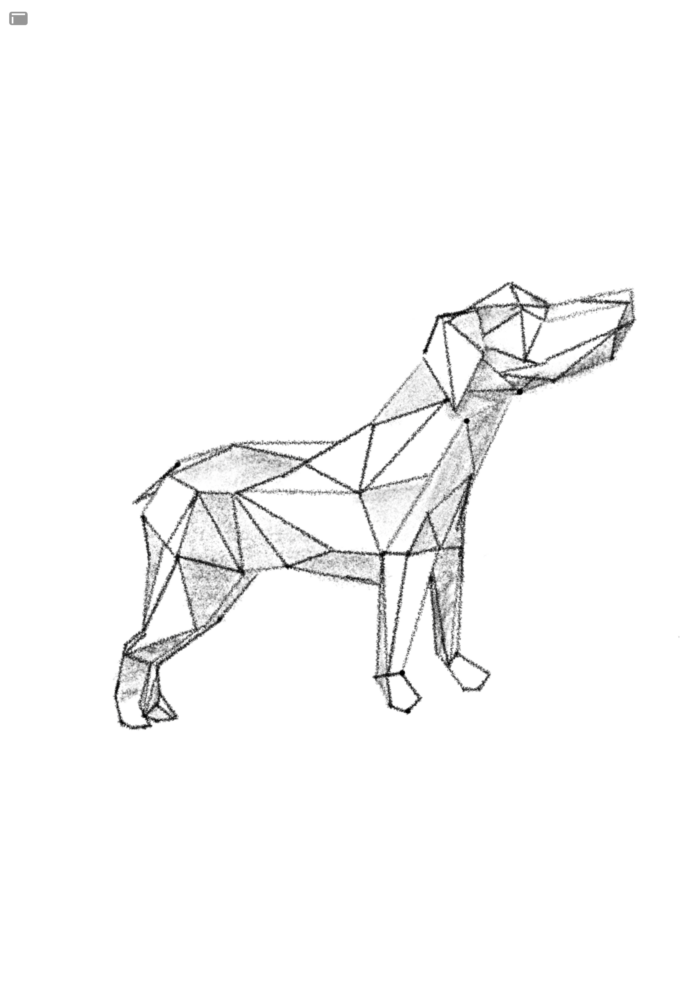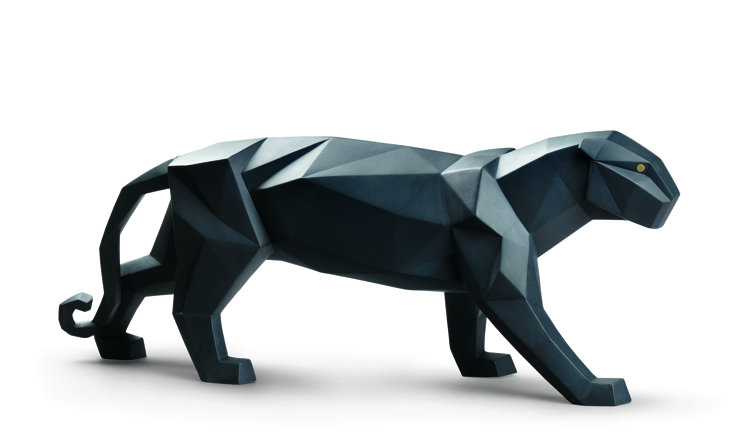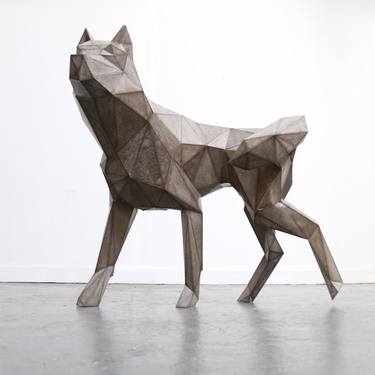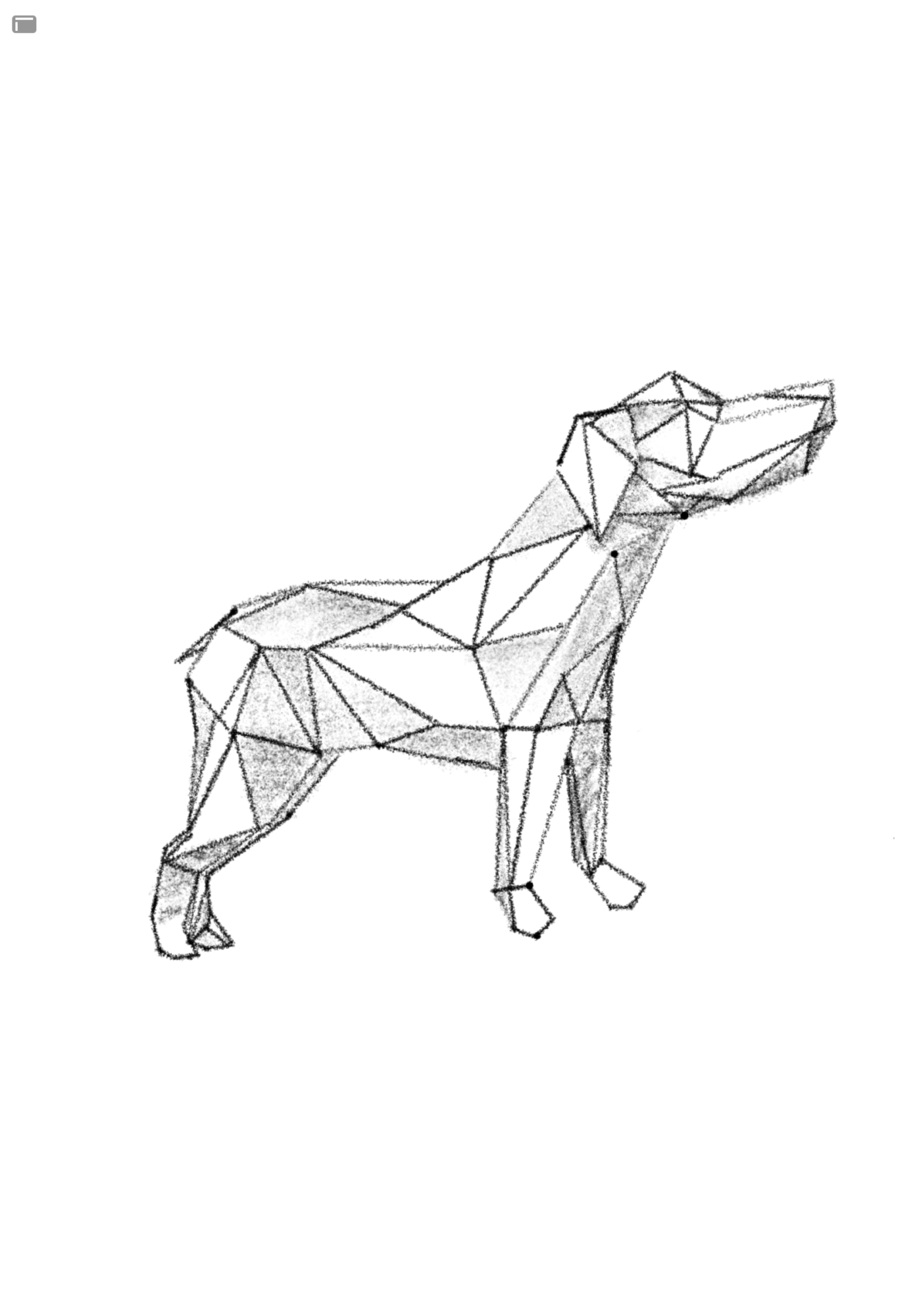The antithesis of my upcycle project “Bolts”, which is a raw, industrial aesthetic of scrap metal art, would embody a sleek, pristine, and modern design. This would be more minimalist, with clean lines, smooth surfaces, and a simple color scheme. This alternative aesthetic would smooth out the rugged, weathered textures in favor of polished finishes and synthetic materials.

This new aesthetic would be a sculpture that looks like it has been either cast from a single mold or uses minimal joining techniques. This piece would have a smooth surface and solid uniform colors. The gritty texture of scrap metal is replaced by the cool touch of molded plastic or polished aluminum. The silhouette would remain recognizable, but its essence would be transformed entirely.
Some more examples of minimalist sculptures are below:


To enact this vision with the materials already planned for “Bolts” a radical transformation would be required. Each piece of scrap metal would have to be cleaned, ground down to remove any imperfections, and then coated, polished or powder-coated. This would not only change the appearance but also the tactile experience of the artifact. The rough and tactile feel of scrap would give way to a uniform and smooth surface. The functionality would probably stay the same: a decorative piece.
As we consider the opposite aesthetic, it’s clear that the beauty of upcycling lies not just in the end product, but in the process and intention behind it. Whether it’s the textured narrative of scrap metal art or the clean narrative of minimalism, each piece carries with it a message. The opposite aesthetic would stand as a beacon of modernity, a contrast to the storied patina of “Bolts” yet both would serve as a reminder of the endless possibilities that lie in the materials we so often overlook.


4 Comments. Leave new
Hey Ethan,
Your recent blog post on contrasting aesthetics in your upcycling project caught my attention. The juxtaposition between the raw, industrial vibe of “Bolts” and the sleek, modern design you’re considering is fascinating.
I’m intrigued by your vision of transforming rugged textures into polished finishes and synthetic materials, creating a minimalist sculpture with clean lines and uniform colors. It’s a bold shift that requires meticulous attention to detail, from cleaning and refining each scrap metal piece to achieving the desired aesthetic through coatings or polishing.
What strikes me most is how you’re not just changing the appearance but also the tactile experience of the artifact. It’s a testament to the transformative power of upcycling and the creative process behind it.
Your exploration of opposite aesthetics highlights the beauty of upcycling as both an art form and a statement. Whether it’s the textured narrative of scrap metal art or the modern simplicity of minimalism, each piece tells a unique story. I’m excited to see how you’ll bring this vision to life and continue to push the boundaries of creativity in upcycling.
Looking forward to your next update!
Best,
Jon
Hey Ethan,
The new idea for the aesthetic is very interesting! How would you even begin to make something like that? It seems very difficult to do as it would need some unique molds since it is a single solid piece.
This is a fun comparison to look at! It was also fun to read your theory of how the sculptures were possibly prepped and assembled together. It also reminds me a lot of polygon aesthetic in videogames, giving the intentional unfinished look but still pleasing to look at. Would you say that this was inspired by game development or vice a versa?
This is a really nice comparison of your style against one that contrasts it pretty well. The first sketch of a dog reminds me of Picasso’s famous painting of a dachshund, which is even a step further than minimalism to give you just enough information to say “Oh, that’s a dog”. Both your Bolts and a minimalist statue would be made by human hands. Do you feel like minimalism goes too far in trying to hide the fact that it’s handmade?